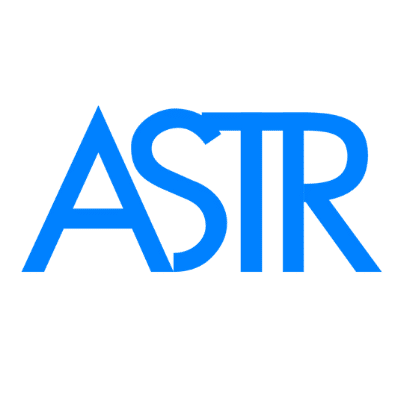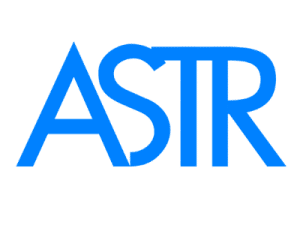Myofascial Release for TMJ and Jaw Tension
Myofascial Release for TMJ and Jaw Tension
Search terms: TMJ fascia massage, jaw myofascial release
😬 Struggling With Jaw Pain, Clicking, or Tension? Your Fascia May Be Involved
Temporomandibular joint (TMJ) dysfunction doesn’t just affect your jaw—it can cause headaches, neck pain, ear discomfort, and even sleep issues. While most treatments focus on bite alignment or muscle relaxation, few address one of the root causes: tight fascia.
That’s why myofascial release, especially using the ASTR method, may be the breakthrough therapy you’ve been missing.
🧠 How Fascia Contributes to TMJ Pain
The fascia surrounding your jaw, cheeks, temples, and neck is interconnected. When stress, trauma, clenching, or poor posture tighten this web, it leads to:
-
Restricted jaw movement
-
Clicking or locking
-
Facial muscle pain
-
Pressure around the ears
-
Trigger points in the jaw and neck
This fascial restriction builds up silently over time—until chronic TMJ symptoms appear.
💡 How ASTR Therapy Relieves Jaw Tension
ASTR (Advanced Soft Tissue Release) is a patented, tool-based therapy developed by Dr. Joseph Jacobs, who personally struggled with chronic pain. ASTR uses gentle, targeted tools to:
-
Break up fascial adhesions in the jaw, neck, and head
-
Release scar tissue from past dental work or injuries
-
Reduce inflammation in the surrounding muscles
-
Improve nerve function and jaw mobility
-
Calm the nervous system by activating the vagus nerve
🔗 Explore ASTR Tools for Jaw and Neck Relief
ASTR reaches deeper than traditional massage, targeting layers of fascia and scar tissue that hands can’t effectively treat alone.
📘 From Personal Struggle to Professional Solution
In his Amazon bestselling book Pain No More, Dr. Jacobs shares how myofascial dysfunction contributed to his migraines, jaw tension, and chronic stress—and how his ASTR method helped him reverse those symptoms when other approaches failed.
🔬 What Studies Say About Myofascial Therapy for TMJ
-
de Laat et al. (2013): Fascia-related trigger points are major contributors to TMJ dysfunction and headaches.
-
Kim et al. (2017): Instrument-assisted soft tissue release improves muscle tone and joint movement.
-
Fernández-de-Las-Peñas et al. (2010): Myofascial release is effective in reducing jaw pain and improving jaw range of motion.
-
Langevin et al. (2006): Fascia is involved in pain transmission and neuromuscular dysfunction, making release essential.
✅ Final Takeaway: Don’t Just Adjust the Bite—Release the Fascia
| Common TMJ Symptoms | ASTR Therapy Targets |
|---|---|
| Jaw clicking or pain | Fascial adhesions and scar tissue |
| Tension in the face or temples | Trigger points and muscle/fascia tightness |
| Neck or shoulder pain from clenching | Deep fascial release in the upper body and jaw |
If TMJ pain keeps returning despite dental or muscle therapies, ASTR offers a safer, more lasting solution—by treating the fascia.

